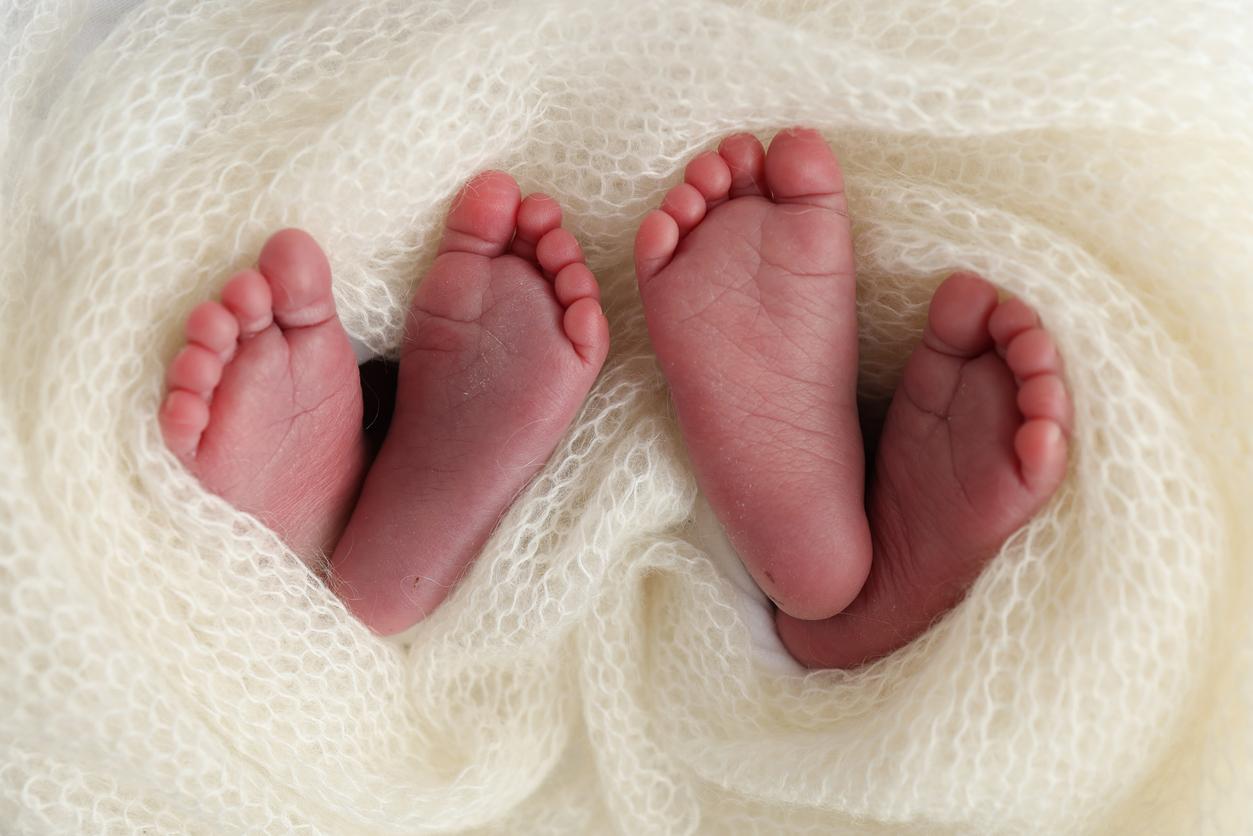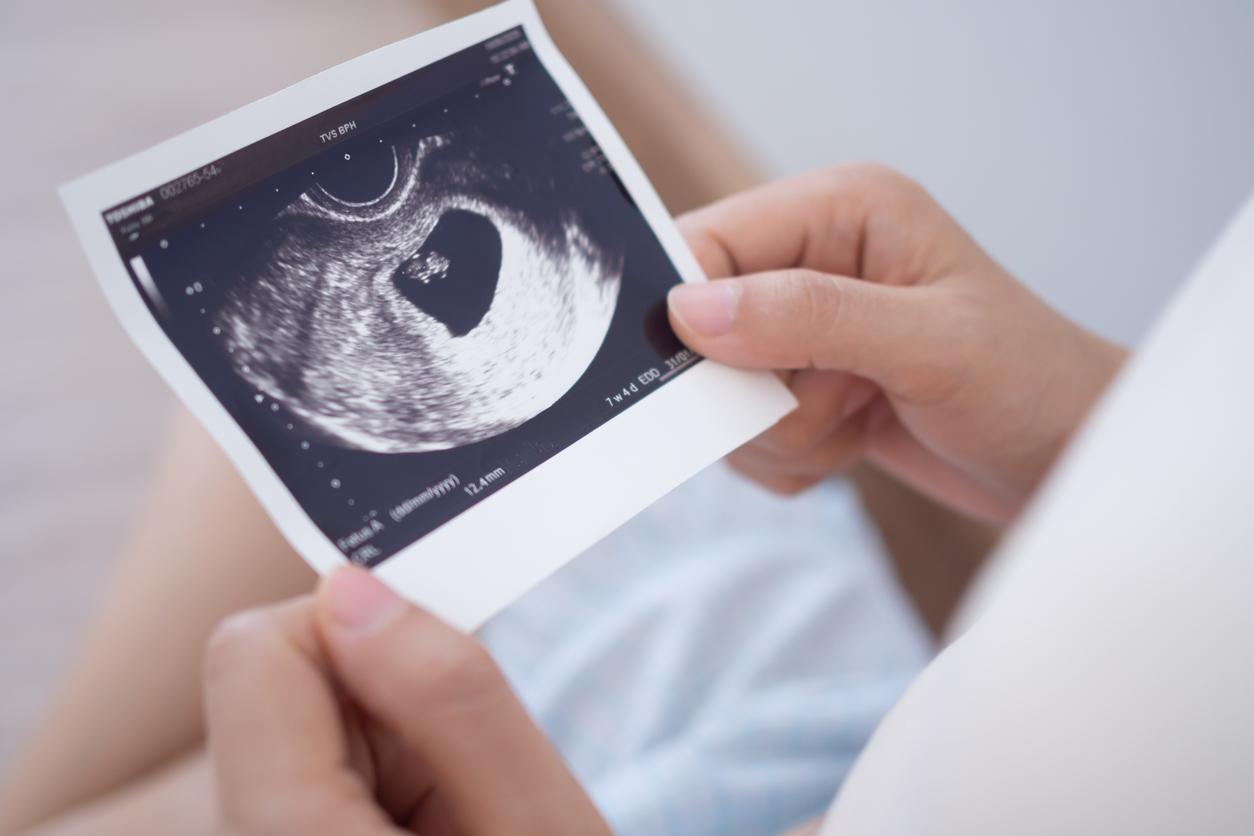A detailed analysis of more than 100,000 births in Europe by an international team of scientists, contradicts the results of previous studies showing that women who have twins are more fertile.

- According to a new study, mothers of twins are not more fertile than others.
- More than 1.6 million sets of twins are born each year worldwide, or nearly one in 40 babies.
Twinning, which concerns only 1 to 3% of births, has not yet revealed all its secrets… but scientists have taken a step towards a better understanding of the phenomenon!
Indeed, while many studies have analyzed demographic data and obtained results that support the idea firmly rooted in the medical and evolutionary literature that twinning may be an expression of a woman’s intrinsic fertility, a new study by an international team of scientists published in the journal NatureCommunications showed that this was not the case.
“Previous studies are problematic because they cannot tell us whether mothers with twins give birth more often because they are particularly fertile, or because giving birth more often increases the likelihood that one of these births are that of twins“says lead researcher Alexandre Courtiol, of the Leibniz Institute for Zoo and Wildlife Research in Germany.
Relationship between twinning and fertility
To re-examine the relationship between twinning and fertility, the international team of 14 scientists combined large datasets of birth outcomes from several regions of pre-industrial Europe (Finland, Sweden, Norway, Germany and Switzerland) that show that women who give birth to twins are not exceptionally fertile.
It appears that previous studies had confused cause and effect: “If a mother gives birth more often, it’s more likely that one of those births will be twins – just as you’re more likely to win if you buy more lottery tickets, or get in a car accident if you drive a lot“, adds the first author, Ian Rickard, of Durham University, UK.
When the “lottery ticket” effect is taken into account, the authors found that mothers most likely to have twins actually gave birth less often – a finding that contradicts previous findings.
Higher risk of health problems
The authors recall that twinning is associated with a much higher risk of natal and postnatal health problems for the mother and her children than single pregnancies.
Indeed, twin pregnancies increase the risk of gestational diabetes and pre-eclampsia, a pregnancy disease that results from a dysfunction of the placenta and associates high blood pressure and the presence of protein in the urine, as well as postnatal depression. .
Also, twins are often underweight and born prematurely. In addition, during childbirth, complications are more common and they have a higher mortality than others. Twin births also represent an additional difficulty for parents who have to take care of two babies at the same time.
Twinhood also poses a practical public health challenge because, even in the presence of high-quality medical care, twin births increase hospital costs and maternal mortality rates and children in all populations.
Natural selection
Given these risks, it appears that natural selection has prevented twinning from becoming more common over the course of evolution, but it hasn’t, for two reasons, scientists say:
“First, twinning is a consequence of double ovulation, which compensates for reproductive aging and benefits all but the youngest mothers. Second, when the risk of early twin mortality is not too high, twinning is associated with larger families, even though women with twins give birth less often. This is because twin births bring two children instead of just one.“, explains Alexandre Courtiol.
Twin births have almost doubled
And twin births are likely to become a tall order as a study shows that their number has almost doubled over the past 40 years in developed countries.
Indeed, the rate of births of twins fell from 9.5 births out of 1,000 in 1975 to 16.9 in 2011 in the United States; in France, it fell from 9.3 births per 1,000 to 17.4.
Of the 3.2 million twins born each year, 1.3 million are born in Africa (i.e. 650,000 pairs), which is explained by a much higher birth rate than elsewhere and a higher twinning rate. of the world at the start, and as much in Asia – which brings together 60% of humanity.
The rest, about 600,000 children, are born on other continents.

















